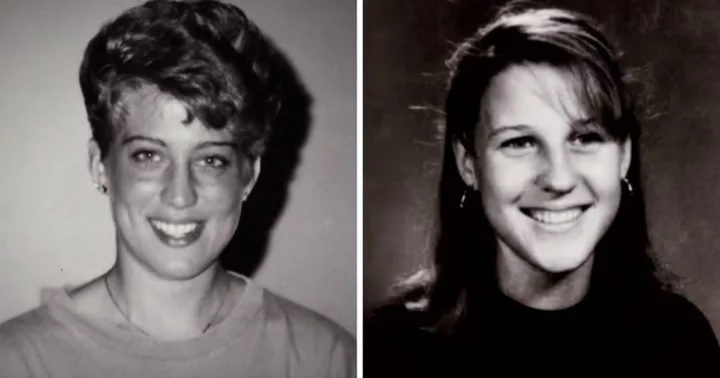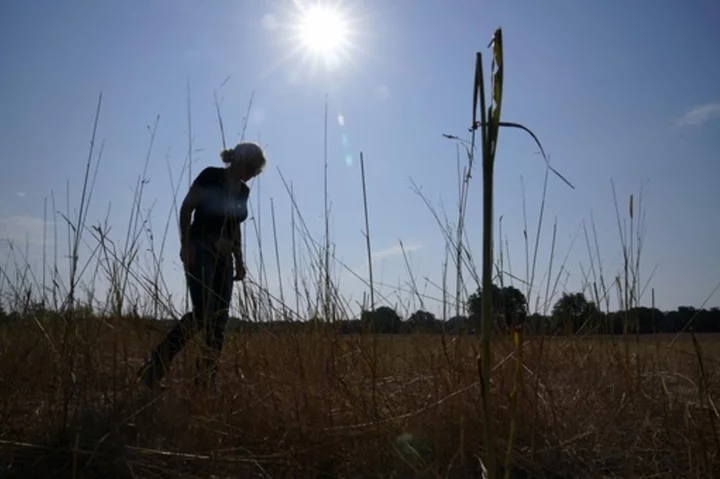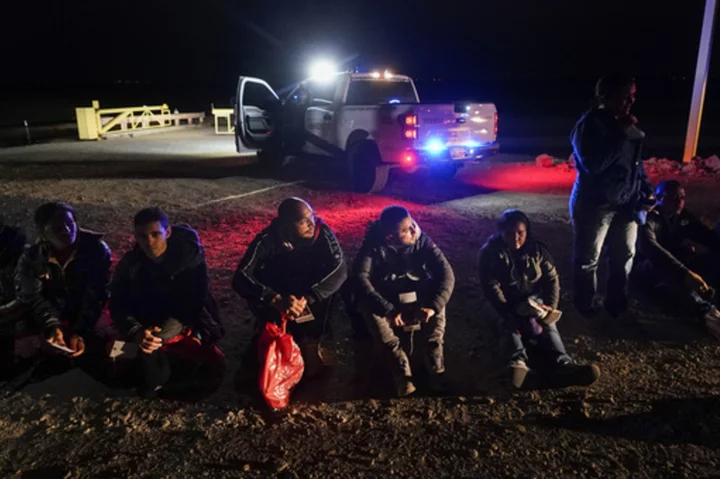PHOENIX, ARIZONA: A development in forensic technology has helped many cold cases open again to serve justice to many victims, one of them being the infamous Phoenix Canal killings.
It took almost three decades to find the murderer behind the brutal murders of two women: Angela Brasso and Melanie Bernas. The two murders happened back to back within a span of less than a year in a horrifyingly identical manner.
The perpetrator was revealed to be a man who went by the peculiar alias "Zombie Hunter," and he was identified as Bryan Patrick Miller.
NBC's 'Dateline' is delving into this intricately complex case, which stands out as one of the first to be resolved through pioneering forensic genealogy methods.
The episode titled 'On the Hunt for the Zombie Hunter' is scheduled to be broadcast on the channel on Friday, October 27, at 9 pm ET.
What were the Phoenix Canal killings?
The city of Phoenix was left shocked all the way back in November of 1992 when a young Angela Brasso went missing and was later found dead. It was no simple murder as she was brutally stabbed, sexually assaulted, and decapitated.
Brasso had been on a bike ride that evening and while her body was recovered from a field, her head was found much later in the Arizona Canal.
The case remained unsolved and became even more frightening when less than a year later, in September of 1993, another girl, this time a high school student, went missing.
Melanie Bernas was also on a bike ride that day and was later discovered to be dead and floating in the same canal. Similar to Brasso, she was stabbed and sexually assaulted.
Despite the abundance of evidence, including reportedly thousands of pieces of it, the case went cold due to the limitations in technology and the absence of other promising leads.
The only significant detail that was uncovered was that the killer behind both murders was the same person.
'Zombie Hunter' discovered as killer behind Phoenix Canal killings
The case was then reopened again in 2015 when detective Clark Schwartzkopf decided to apply the then-recently found genetic genealogy methods that could match DNA samples.
Initially, investigators did not consider Bryan Patrick Miller a suspect in the murder case, but later, he came under renewed scrutiny by the detective.
A resident of Phoenix, he was known to dress up as "Zombie Hunter" while attending numerous festivals, even going so far as to drive around in a mock police car in his costume, as reported by CBS News.
Nonetheless, it was only thanks to an undercover operation led by Schwartzkopf that they managed to obtain a DNA sample from Miller. Much to the investigators' astonishment, this sample matched the DNA found at the crime scene.
This crucial evidence played a major role in the arrest of Miller, who steadfastly denied any involvement in the deaths of the two women.
Subsequently, following a trial, Miller was convicted on six counts of kidnapping, sexual assault, and murder, as confirmed by the Maricopa County Attorney's Office.
As a consequence of his heinous crimes, the "Zombie Hunter" was sentenced to death.









